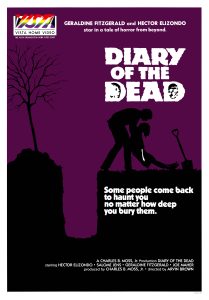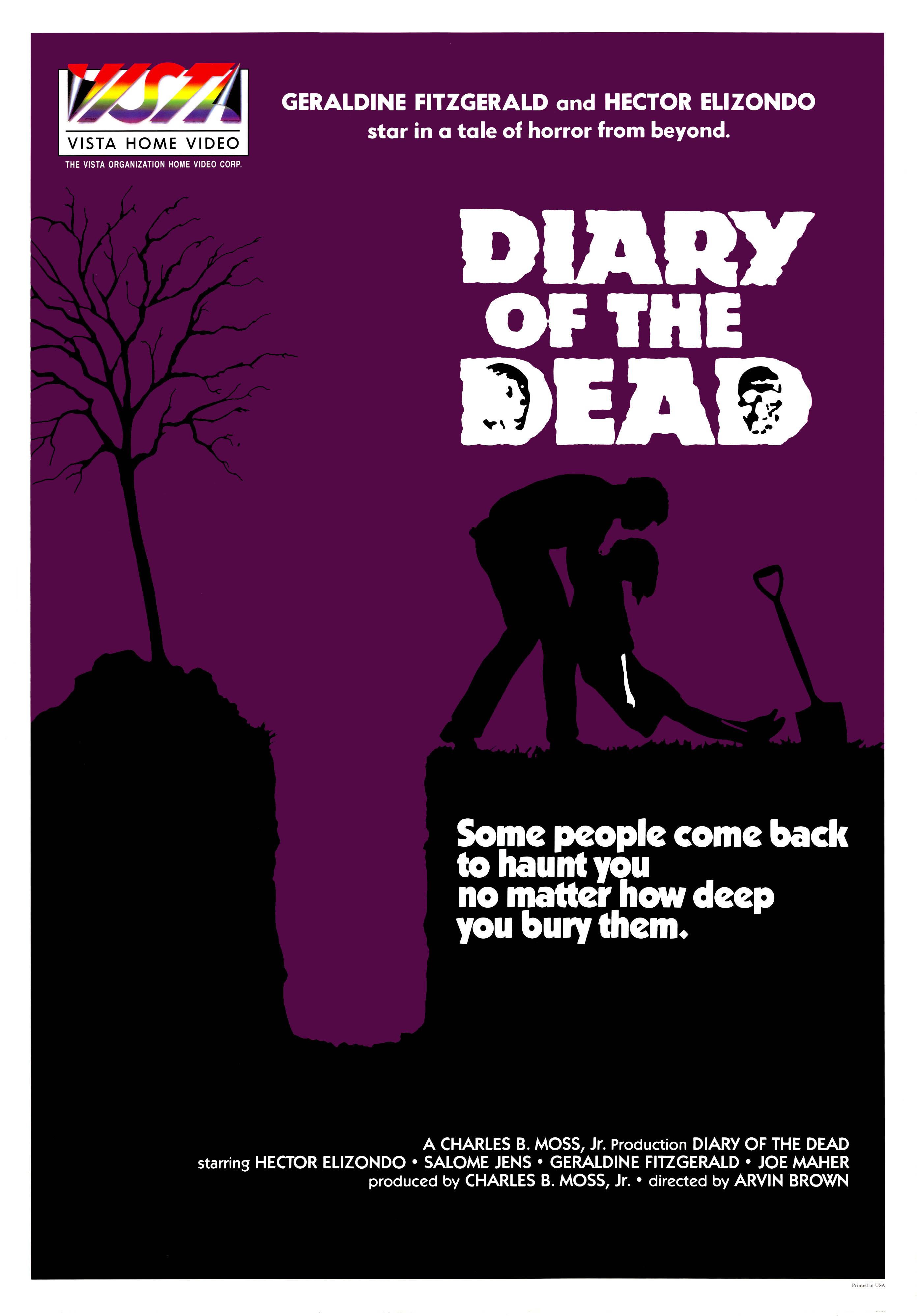
George A. Romero is one of those filmmakers who shouldn’t need an introduction. If you’re a horror fan at all, you should be intimately familiar with his Dead series by now, and if you’re a movie fan at all, you should at least know Night Of The Living Dead and Dawn Of The Dead, the first and still the strongest entries in the genre. It’s no hyperbole to say that Romero essentially invented the zombie movie, gave it the structures and tones that have relentlessly followed the genre through 40 years of movie history.
Diary Of The Dead, Romero’s new movie and latest entry into the 5-part series, is a return to the form and feel of his original classic Night Of The Living Dead. The three movies in between (the classic Dawn, hit-or-miss Day and severely underrated Land) showed a world consumed by destruction and fear, already well past the point of no return in an unthinkable apocalypse. Diary takes us back to the beginning, taking place during the first few days of the attacks, documenting how a group of college students (and one drunken professor) cope with the crisis growing around them.
The hook of the movie is that what we’re seeing is not presented in a typical film fashion, but instead as a series of homemade video clips made by the characters themselves. While shooting their own low-budget horror movie, the students are interrupted by the sudden, jarring realization that freshly dead bodies are coming back to life and attacking people. What follows is a documentation of their quick departure from their suddenly deserted campus and their long trip to home, safety and any sort of an answer.
If the plot description has you thinking of The Blair Witch Project or Cloverfield, the comparison ends with the initial conceit of horror via home movies. There’s no shaky-cam addled suspense here, and you won’t ever feel motion sick. The camera’s presence in the movie serves to give a heightened feeling of suspense and immediacy. Unlike most other zombie movies, there’s no outside camera telling the story, letting us know where the zombies are and when they’re coming. We follow the characters through the movie, and the threat of danger is always palpable, even when nothing on screen is particularly frightening. Hitchcock once said that surprise was a bomb going off under a table unexpectedly, while suspense was letting the audience know there is a bomb under the table while the characters remain unaware. Diary is a movie with thousands of bombs waiting under thousands of tables, waiting to explode every time the camera turns a new corner.
After Land Of The Dead, a great movie that felt buried beneath a huge budget and massive studio interference, it’s great to see Romero returning to his indie roots. Diary is entirely his own movie, and he gets the tone perfect. The campy scares and the gross-out gore explosions are all present, and will delight fan boys to no end. (They sure got some big laughs out of me.) But what Romero does best is suddenly switch from fun to disturbing when you least expect it. The best moments of Diary come when the gory thrill ride comes screeching to a halt and everything suddenly becomes all too relatable, entirely too real. These are the moments that will stick with you after the gory brain-splatter effects have lost their novelty.
Diary isn’t quite a perfect movie though. Occasionally the hand-held camera device becomes too distracting and begins to get in the way of the story. The movie takes too much time rationalizing why the characters decide to film the events, rather than trusting the audience to go along with the idea. At times it feels like the movie is apologizing for its own concept, which it definitely does not need to do. We don’t need to know the details of why the movie is edited, or why music has been added. The explanations slow down the movie, and only highlight problems instead of fixing them. Also, the pace slows down quite a bit in the third act, which is when Romero movies usually jolt up to a fevered pitch. Stick it out though, because the movie’s last sequence, and especially its last line of dialog, are worth the price of admission alone. This is most likely not the end of the Dead saga, but if it were, it could not have come to a more perfect conclusion than the jarring, horrific last shot Romero gives us.

